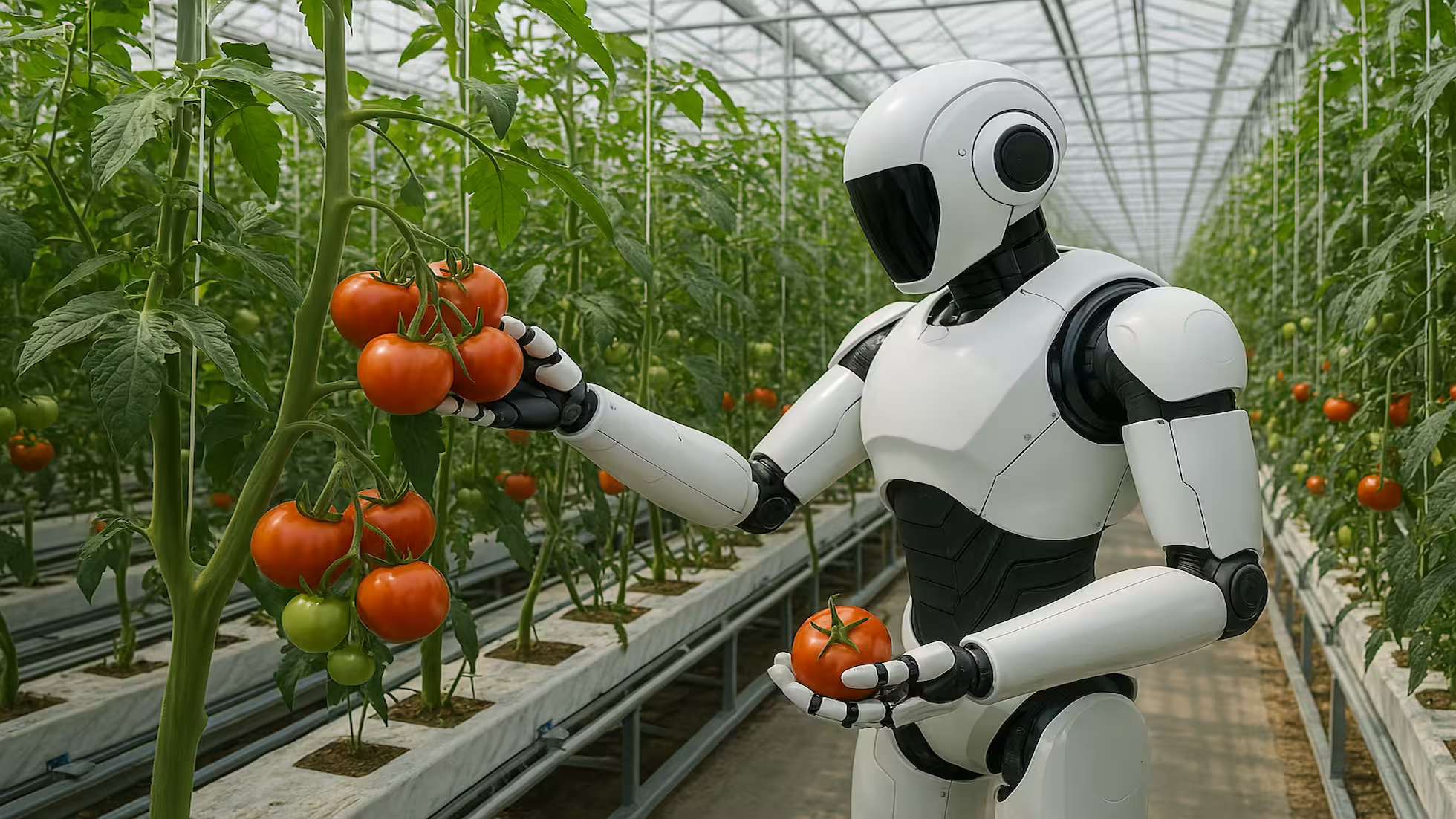Agricultural Entrepreneurship: Try Lean Startup

Among internet founders, “design thinking” and “lean startup” are buzzwords. But do they work in agriculture, too?
Where Lean Startup comes from
Lean Startup was first articulated by innovation mentor Steve Blank, revered as a playbook by many internet entrepreneurs. Blank was an entrepreneur and now teaches at Stanford University.
At the Mixing Bowl agricultural entrepreneurship forum held at Stanford, he shared advice on applying Lean Startup in agriculture.
He defines a company as an organization that searches for new ideas, products, and business models. The core value of Lean Startup is helping startups find market demand precisely and quickly.
Steve offered three suggestions:
- Design phase. Dive deep into potential customer needs, identify opportunities, and make a concrete plan and goals: how exactly you will help customers and solve problems.
- Build a simple model/product/service. Use a minimal business model, product, or tech service to learn faster. Validate whether you truly solve the problem. Iterate quickly, adjust direction in time, and create real customer value.
- Stabilize around validated demand. Once you’ve found a product or service that customers want, converge iterations into a stable, replicable version you can scale to maximize business value.
As Steve puts it, the real value of design thinking and Lean Startup is finding a market first, then iterating to meet needs. In today’s “mass entrepreneurship” wave, many start businesses just to start, wasting time and energy without creating value. A bit better is “build a product first, then hunt for a market.” True Lean practitioners remain rare.
Lean examples in agtech
Blue River Technology is a classic. It started with lawn‑mowing robots for U.S. middle‑class households — a tough sell. After Lean training, it pivoted to agriculture. The result: a successful business model, a $30M round from Monsanto and Khosla Ventures, and its LettuceBot computer vision + robotics now in roughly 10% of U.S. lettuce fields.
Pasture Map is another example. Following Steve’s advice, the founders spoke first with ranches and dairies, uncovered real pasture‑management needs, then built to spec. The product won immediate praise; today, Pasture Map has healthy traction across U.S. and New Zealand dairies.
Hunting for opportunities in agtech
Some ag founders already use Lean and design thinking, but far too few. Both early‑stage and mature companies can benefit.
Companies like Blue River and Pasture Map solved real producer problems. This user‑centric approach fixes a long‑standing ag‑innovation gap: growers often complain that “fancy tech” doesn’t fit production realities.
For scaling companies with established models, adopting Lean and design thinking flips passivity into proactive market response.
Agriculture can absolutely use Lean and design thinking like any vertical. Still, ag has its own traits. Compared with social media, consider three differences:
1) Seeds and seasons. Ag/food products are living organisms. Even with GMOs, we can’t conjure new crops out of thin air, and most fields still face natural constraints despite greenhouses.
2) Food safety. Unlike social media, food safety impacts lives. Many fresh‑produce e‑commerce players mainly rewire supply chains; few truly tackle food safety.
3) Speed. Social apps with strong product–market fit can explode to hundreds of millions of users. Ag must respect biology, people, and the environment. Explosive growth is unlikely; patience and a long‑game mindset are essential.
Published at: Sep 14, 2025 · Modified at: Dec 11, 2025


